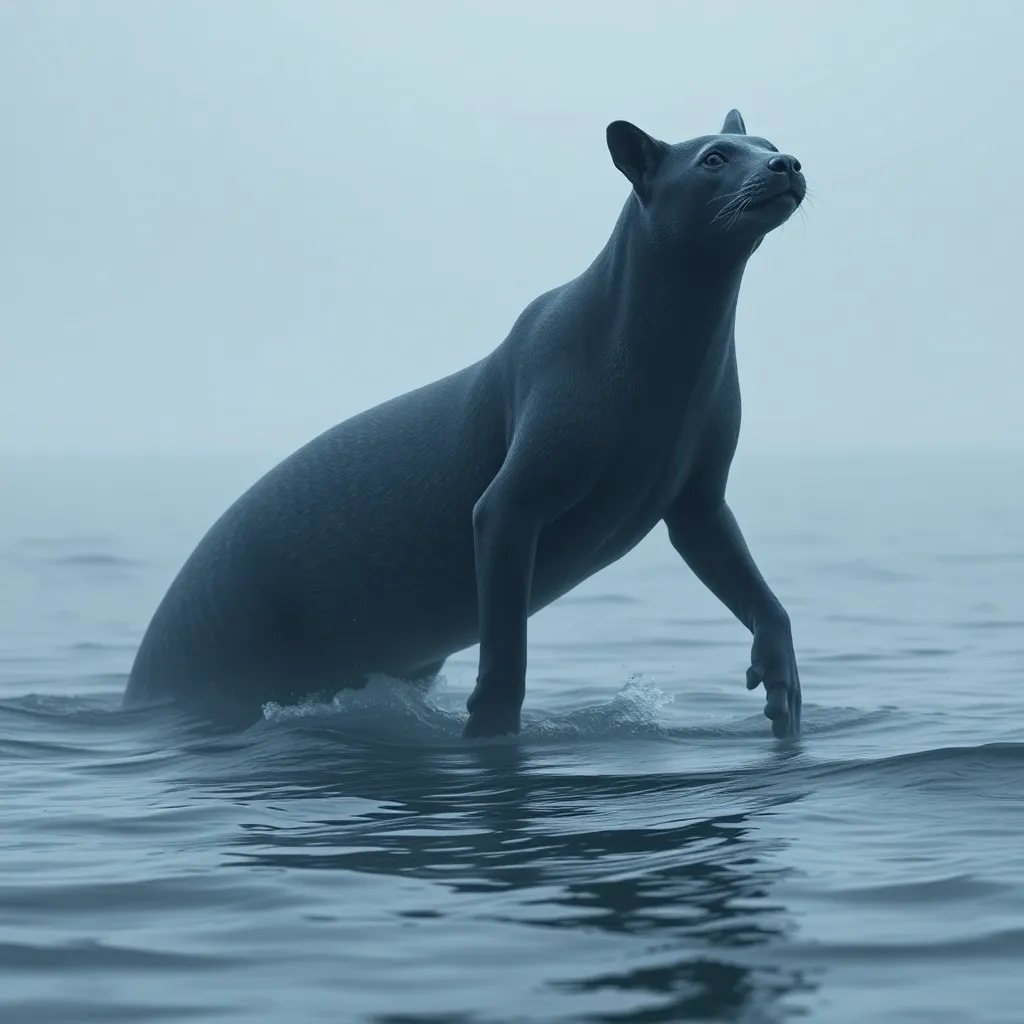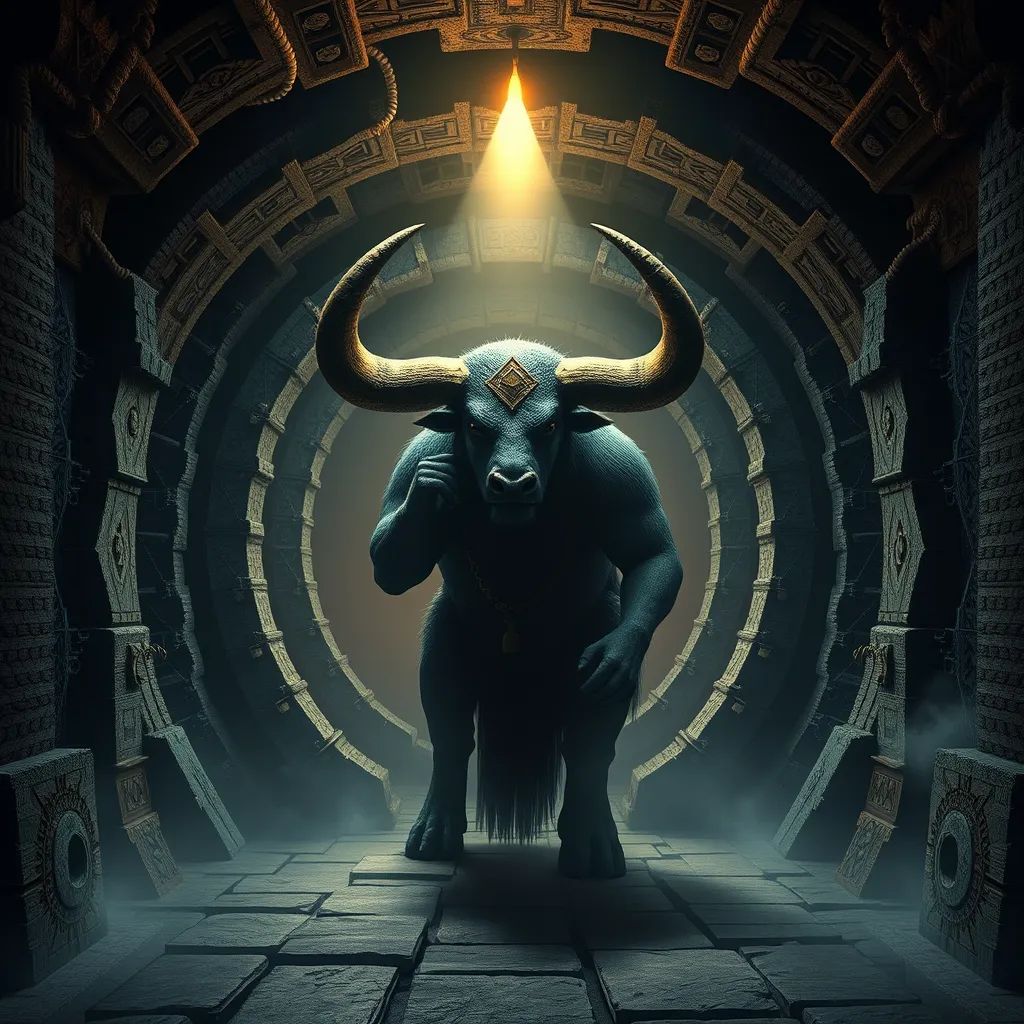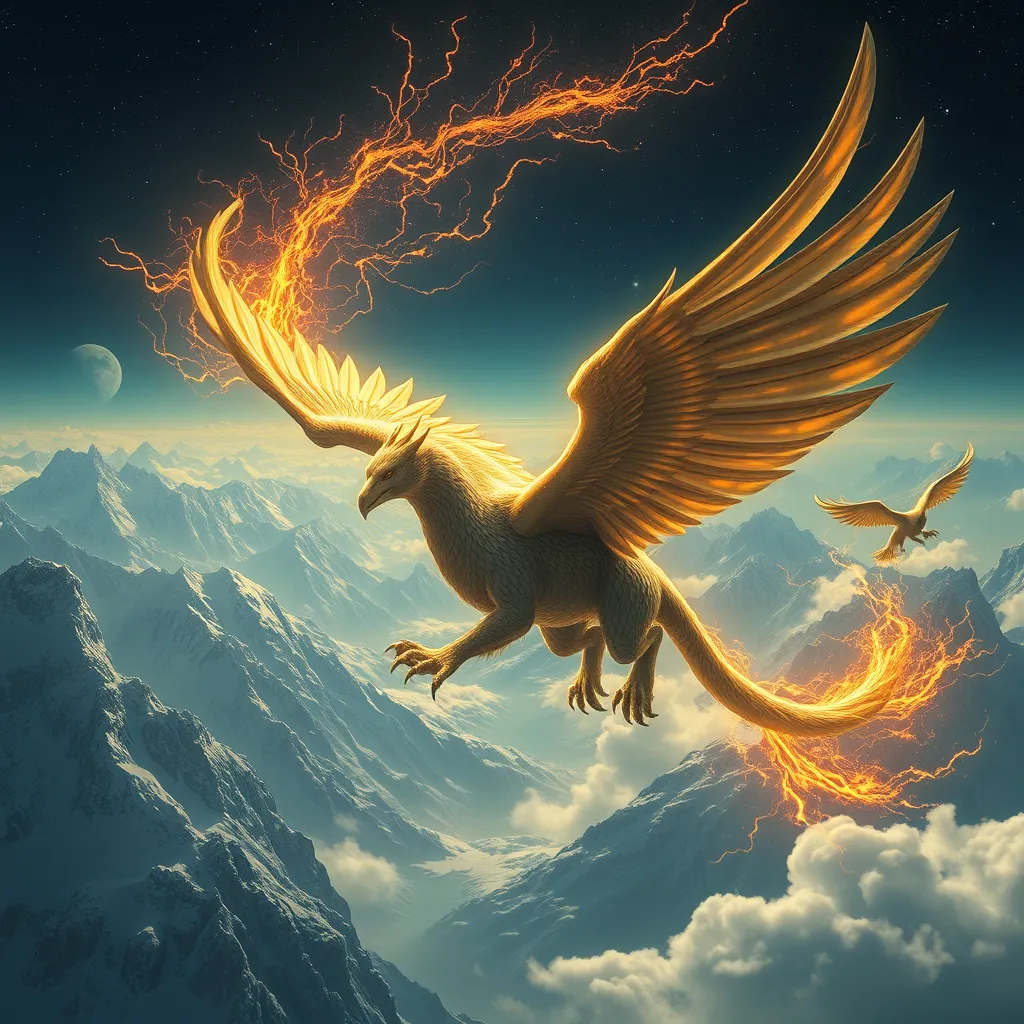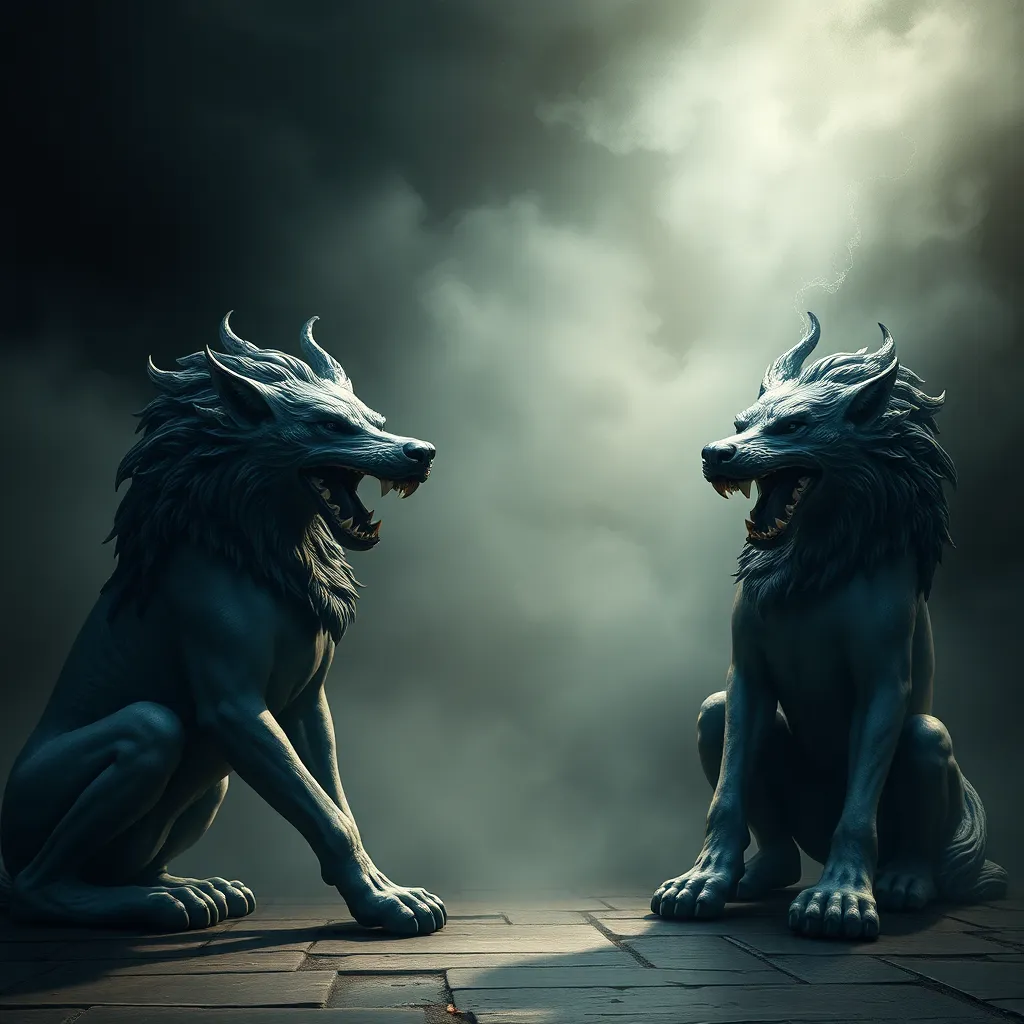The Selkie and the Animal World: Exploring the Myth’s Relationship with Animals
I. Introduction
Selkie mythology is a fascinating aspect of folklore that captures the imagination with its tales of shape-shifting beings. Selkies are said to be creatures that can transform from seals into humans, a concept deeply rooted in Celtic traditions. These stories not only reflect human experiences but also highlight the significant role animals play within them.
In Selkie tales, animals are not just backdrops; they are integral to the story, symbolizing various traits and themes that resonate with human emotions and experiences. This article aims to explore the profound connections between Selkies and the animal world, shedding light on how these relationships enrich the narratives woven through the myths.
II. The Selkie Myth: Origins and Cultural Context
The origins of Selkie legends can be traced back to Celtic folklore, particularly in the coastal regions of Scotland, Ireland, and Iceland. These stories emerged from the rich tapestry of maritime culture, where the sea was both a source of sustenance and a realm of mystery.
In these cultures, the sea was seen as a powerful force, home to many creatures, including the seals that would become synonymous with the Selkie myth. The geographic locations associated with these legends often reflect a deep-seated respect for the ocean and its inhabitants, illustrating how the natural world shaped human beliefs and stories.
III. Selkies as Shape-Shifters: Bridging Two Worlds
At the heart of Selkie mythology is the duality of the Selkie itself, embodying both human and seal forms. This transformation symbolizes adaptability, a trait that is essential for survival in the natural world. The ability to shift between two worlds speaks to the intrinsic connections between humans and animals, as well as the fluidity of identity.
Shape-shifting in Selkie stories represents more than mere physical transformation; it also reflects the animal instincts that drive both human and non-human creatures. This dual nature invites audiences to ponder the deeper meanings of freedom, belonging, and the innate call to return to one’s true home.
IV. The Relationship Between Selkies and Seals
The biological and ecological connections between Selkies and seals are profound. In many Selkie narratives, seals are depicted as guardians of the sea, embodying freedom and the untamed spirit of nature. The portrayal of seals in these tales often highlights their intelligence, grace, and connection to the ocean’s mysteries.
- Freedom: Seals are often viewed as symbols of freedom, swimming effortlessly through the ocean, representing the longing many Selkies feel to return to their natural state.
- Untamed Spirit: The wild nature of seals reflects the untamed aspects of the Selkie’s identity, emphasizing the struggle between human obligations and animal instincts.
Thus, seals serve as more than just a physical form for Selkies; they represent the essence of the Selkie’s spirit and the yearning for a life unbound by human constraints.
V. Selkies and Other Animals: A Broader Perspective
While seals are the primary animal associated with Selkies, other creatures also play significant roles in these stories. Comparisons can be made with other mythological beings, such as werewolves or mermaids, which similarly navigate the boundary between human and animal worlds.
Additionally, land animals like wolves and birds often appear in Selkie narratives, each contributing unique symbolism:
- Wolves: Representing loyalty and the fierce protection of one’s kin, wolves often mirror the strong bonds Selkies form with their families.
- Birds: Symbolizing freedom and the spirit, birds often serve as messengers or guides in Selkie tales, reinforcing themes of connection to the natural world.
The rich tapestry of animal symbolism enhances the Selkie narrative, inviting readers to explore the interconnectedness of all living beings.
VI. Environmental Themes in Selkie Myths
Selkie myths often reflect a deep reverence for nature, emphasizing themes of conservation and ecological balance. The interactions between humans and animals in these stories underscore the importance of maintaining harmony with the natural world.
As the tales unfold, they often reveal the consequences of disrupting this balance, highlighting the need for respect and stewardship of the environment. Modern interpretations of Selkie myths have begun to address pressing environmental issues, resonating with contemporary audiences.
These themes encourage a dialogue about the relationship between humans and the natural world, promoting awareness and advocacy for ecological sustainability.
VII. Selkies in Contemporary Culture: Animals in Art and Media
In recent years, there has been a revival of Selkie stories in literature, film, and art, reflecting a renewed interest in the connections between folklore, animals, and nature. Contemporary adaptations often reinterpret the characters and themes, placing a stronger emphasis on the environmental aspects of the tales.
Representations of animals in modern adaptations of Selkie myths serve to bridge the gap between traditional stories and current societal concerns. These portrayals often highlight:
- Empathy towards animals: Modern tales frequently emphasize the need for compassion and understanding in our relationships with animals.
- Environmental consciousness: Adaptations increasingly incorporate themes of ecological responsibility, urging audiences to reflect on their impact on the natural world.
Through art and media, the legacy of the Selkie myth continues to evolve, resonating with new generations and inspiring a deeper appreciation for the animal kingdom.
VIII. Conclusion
The connections between Selkies and the animal world are rich and multifaceted, revealing important truths about human-animal relationships and the natural environment. Through the lens of Selkie mythology, we gain insight into the profound bond we share with the creatures that inhabit our world.
As we reflect on these stories, it becomes clear that the themes of transformation, freedom, and ecological balance remain relevant today. The enduring legacy of Selkie myths invites us to cherish and explore the connections between folklore, animals, and the natural world, urging us to protect and honor the delicate ecosystems that sustain us all.



